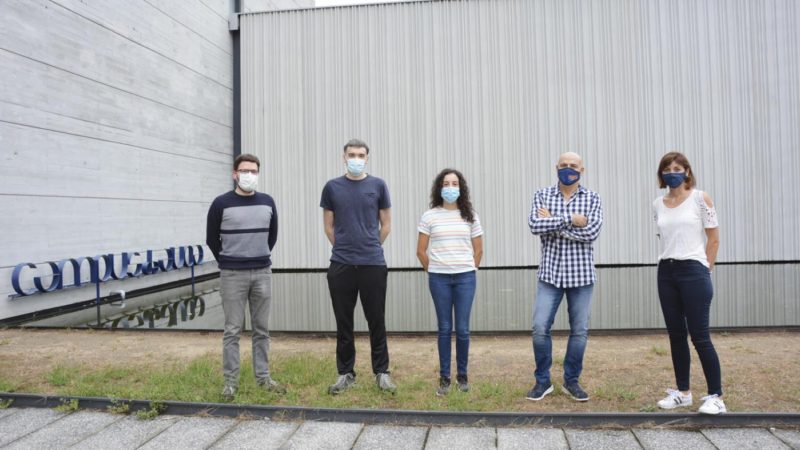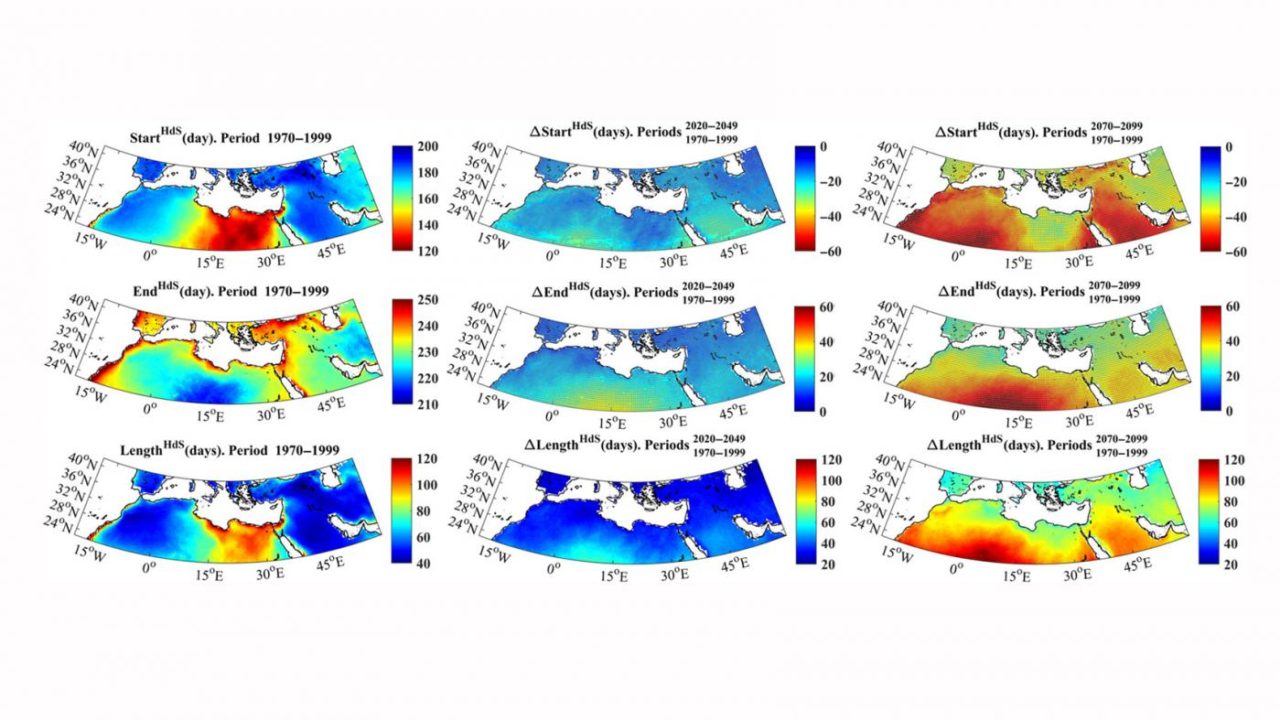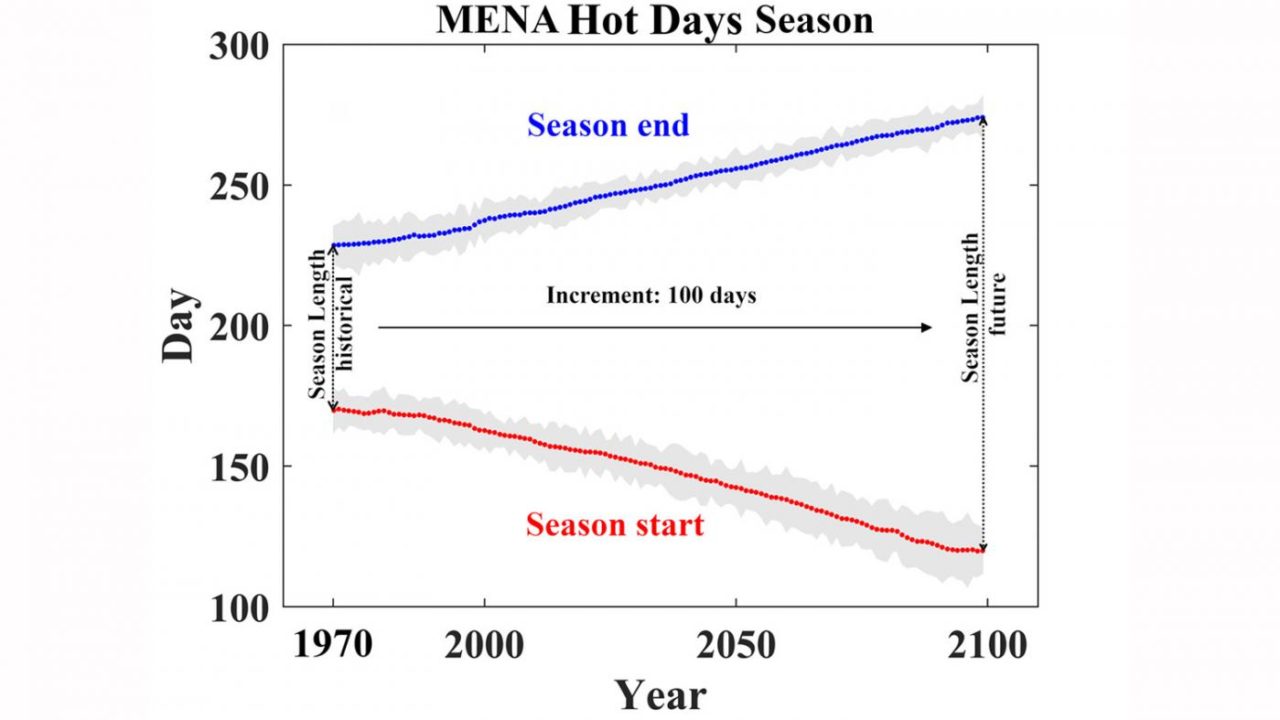The simulations indicate that the area would be in extreme heat conditions for half a year
A scientific team from the Universities of Vigo, Santiago de Compostela, Complutense University of Madrid and CSIC, led from the Ourense campus by the Ephyslab Group (Marine Research Center-UVigo), has just published a study stating that at the end of this century the summer will last twice as long as at present in regions of North Africa and the Middle East. Simulations conducted in it indicate that the region would be for half a year in conditions of extreme heat due to climate change.
The results were recently published in the International Journal of Climatology in an article entitled Projected changes in the hot days season in the Middle East and North Africa, signed by Rubén Varela, Laura Rodríguez-Díaz, Maite de Castro and Moncho Gómez-Gesteira, from University of Vigo; Xurxo Costoya, from the University of Santiago de Compostela; and David Barriopedro and Ricardo García-Herrera, from the Universidad Complutense de Madrid and the Instituto de Geociencias-CSIC.
Greater extension towards spring
In their study, the researchers analyzed a set of regional climate projections in North Africa and the Middle East, with data from the Cordex project (Coordinated Regional Downscaling Experiment). Specifically, they analyzed changes in the timing and duration of the warm-day season in the Middle East and North Africa region from 1970 to 2099 using simulations from eleven regional models. Among the results achieved in this work, those responsible emphasize that in the study area “the results indicate that summer would be almost two months ahead, given summer conditions in May, which would remain until October.” With these projections for the end of the century, they add, “the region would be for half a year in conditions of extreme heat, that is, the summer would last twice as long as today.” According to the study, these changes would be more pronounced in the south of the region, in the subtropical regions of the African continent.
In general, the researchers detail, in the study carried out “it is projected a non-symmetrical lengthening of the hot day season, with a tendency to extend more in spring than in autumn”. In the scenario, they add, at the end of the century “West Africa and the Persian Gulf show a season of warm days that would begin 60 days earlier than in the historic period 1970-1999 (May versus July, respectively).” The most austral latitudes, it is indicated in the published article, “would be the most affected by this delayed backward movement of the season of hot days, of up to 60 days with respect to the historical period (October versus August)”. According to the data collected and the projections made, “the duration of the extreme season would increase between 100 and 120 days for the southernmost latitudes and the Persian Gulf, which would result in almost four more months with hot day conditions.”
“This longer summer will be associated with a higher frequency of heat waves, which will increase the climate risk in this region of the world, which is already very vulnerable given its continuous increase in population, its dependence on agriculture and its scarcity of resources”, comment the authors of the work. Difficulties with adaptation and extreme heat, they add, “will make it possible to increase mortality, hunger and uncontrolled migration.”
Although it was not the object of study of this work, the article also includes a small reference to possible changes in the Iberian Peninsula, pointing to the end of the century an increase in the warm day season of about 80 days, a season that would begin 45 days earlier and end 36 days later than at present.
Source: DUVI




